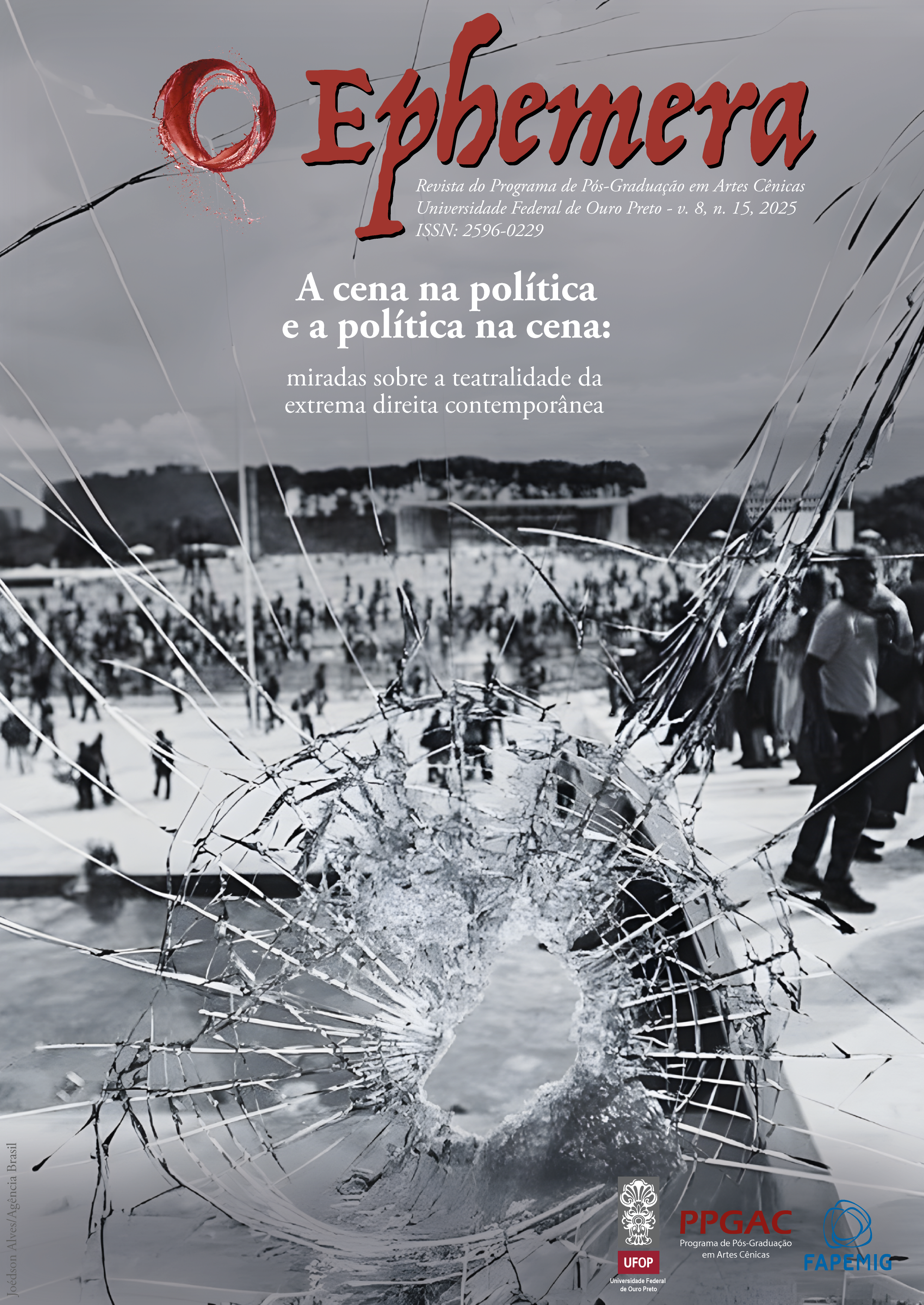Recessos e feriados
Não estaremos atendendo no dia 08 de julho de 2025 devido ao feriado de aniversário da cidade de Ouro Preto
PS: As postagens em nossas redes sociais estão programadas e serão publicadas normalmente.
Bom feriado a todas, todos e todes.
Equipe Editorial Ephemera
Read more about Recessos e feriados


